QLD flood Restoration blog price list
Assessment and Inspection
-
A professional inspector evaluates the damage to structure, walls, floors, and belongings.
-
Moisture meters and thermal cameras may be used to detect water penetration.
Water Extraction
-
Pumping out standing water using industrial-grade equipment.
-
equipment. This is critical to prevent mold growth and further damage.
Drying and Dehumidification
-
involved: Industrial air movers and dehumidifiers are used to dry out affected areas.
-
This may take several days.
Cleaning and Sanitizing
-
Cleaning surfaces with antimicrobial solutions to prevent mold and bacteria growth.
-
Includes furniture, walls, and floors.
Carpet & Upholstery Cleaning
-
Specialized cleaning for carpets, rugs, and furniture,
-
Removal available if required
Mold Remediation
-
Identifying and removing mold colonies and treating surfaces to prevent future growth.
-
Structural Repairs
-
Replacing drywall, flooring, insulation, and other structural components damaged by water.
-
Odor Removal
-
Using specialized equipment like ozone machines to remove persistent odors caused by floodwater.
-
Debris Removal and Disposal
-
Identifying and removing mold colonies and treating surfaces to prevent future growth.
-
Repainting and Finishing
-
epainting walls, refinishing floors, and other finishing touches after repairs.
-
Availability for water, fire and flood damage emergency needs
You’re insured? No problem we provide, reports, photos and invoices directly to your insurance company with your insurance claim number
No Hidden Charges!
We service all areas on the Gold Coast, Brisbane and everything in between.
Here’s an overview of what a flood damage clean-up typically involves, along with an approximate price list. Please note that costs can vary significantly based on the severity of the damage, location, and service provider.
Work Involved in Flood Damage Clean-Up
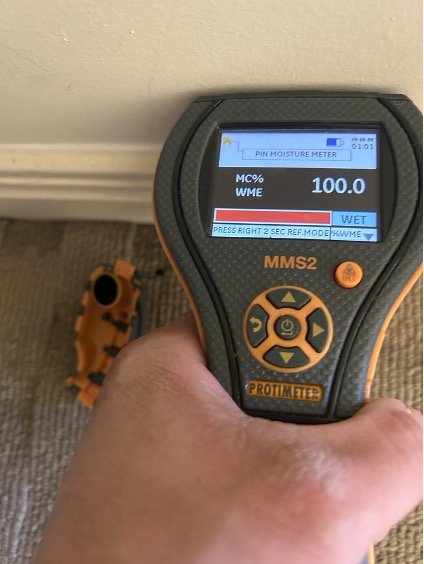
1. Assessment and Inspection
What’s involved:
A professional inspector evaluates the damage to structure, walls, floors, and belongings. Moisture meters and thermal cameras may be used to detect water penetration.
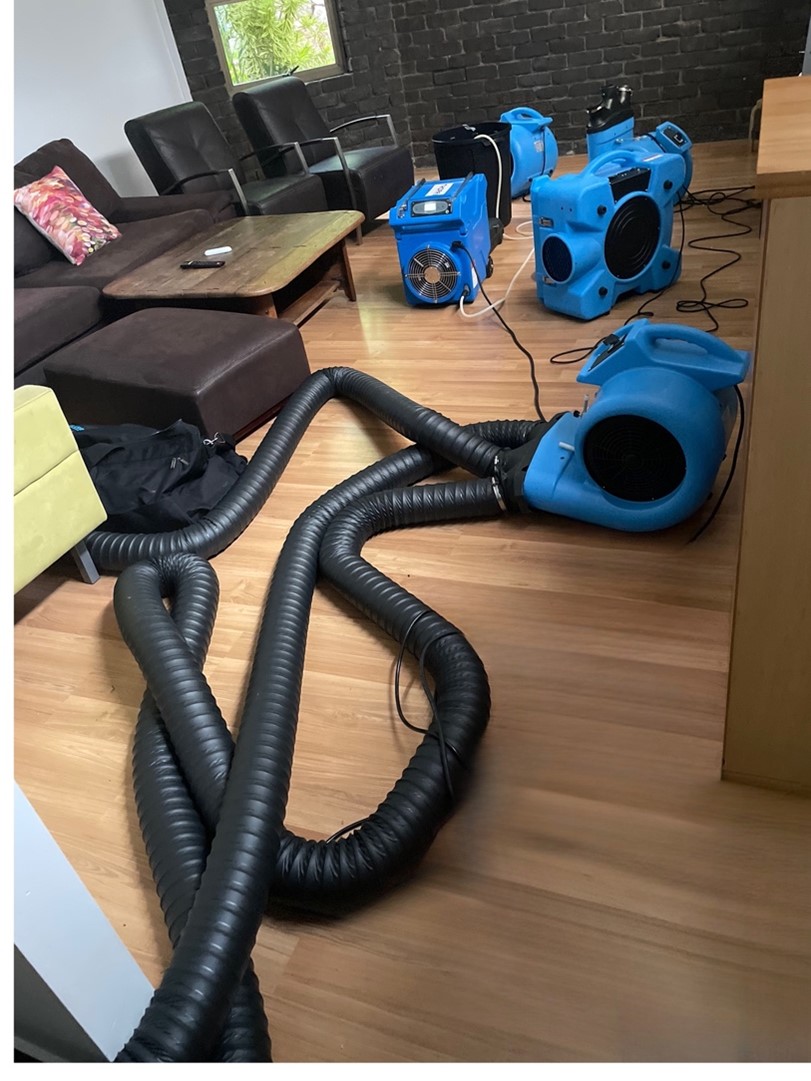
2. Water Extraction
What’s involved:
Pumping out standing water using industrial-grade equipment. This is critical to prevent mold growth and further damage.

3. Drying and Dehumidification
What’s involved:
Industrial air movers and dehumidifiers are used to dry out affected areas. This may take several days.
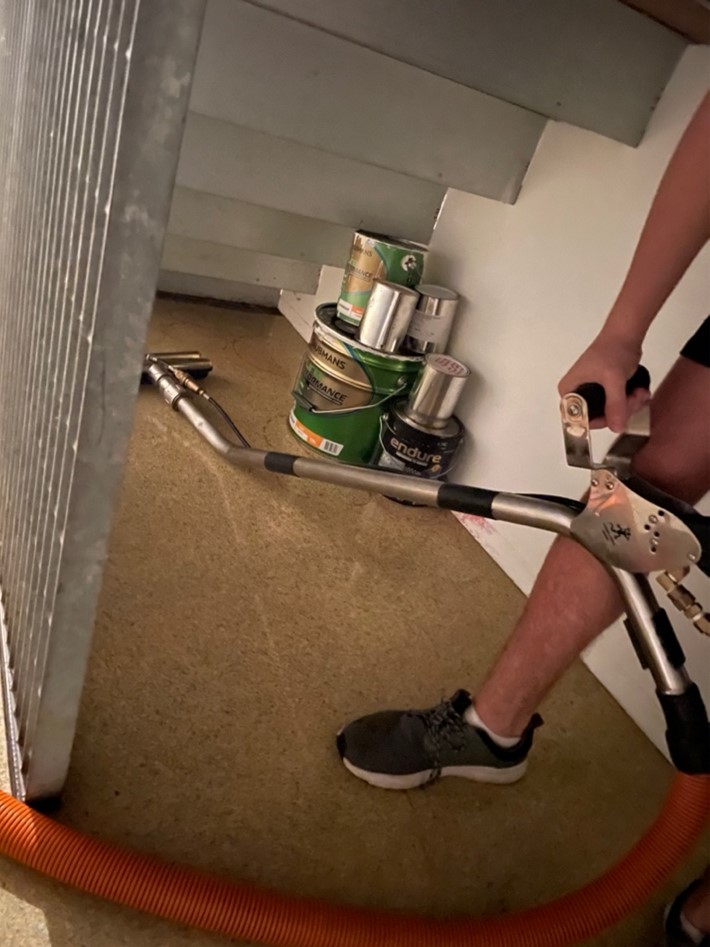
4. Cleaning and Sanitizing
What’s involved:
Cleaning surfaces with antimicrobial solutions to prevent mold and bacteria growth. Includes furniture, walls, and floors.
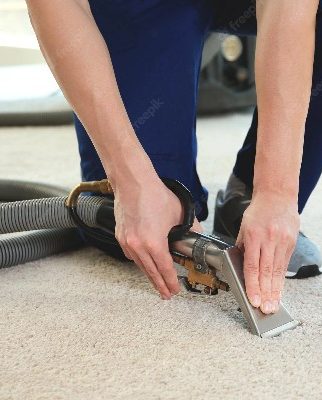
5. Carpet and Upholstery Cleaning
What’s involved:
Specialized cleaning for carpets, rugs, and furniture, or removal if too damaged.
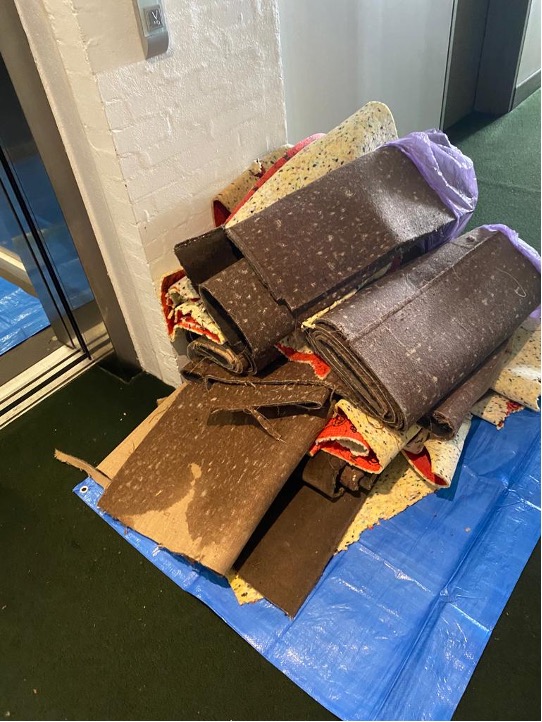
6. Mold Remediation
What’s involved:
Identifying and removing mold colonies and treating surfaces to prevent future growth.
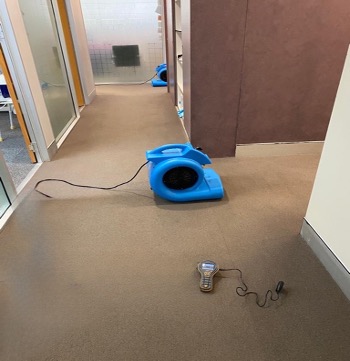
7. Structural Repairs
What’s involved:
Replacing drywall, flooring, insulation, and other structural components damaged by water.

8. Odor Removal
What’s involved:
Using specialized equipment like ozone machines to remove persistent odors caused by floodwater.
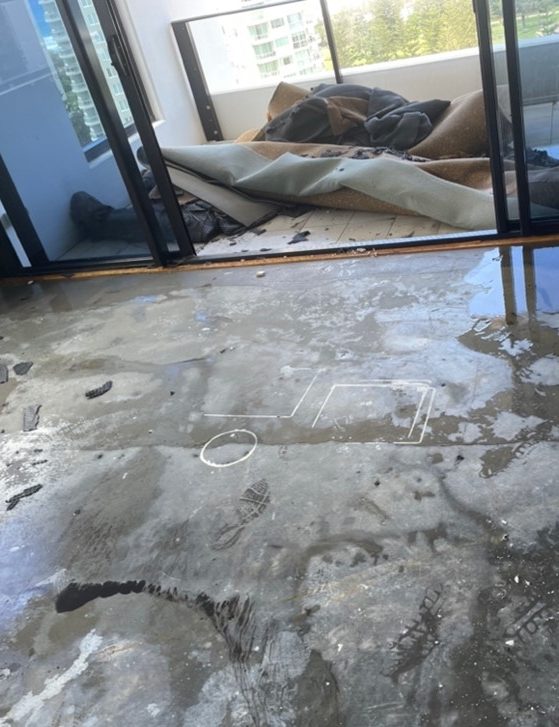
9. Debris Removal and Disposal
What’s involved:
Removing damaged belongings, building materials, and waste.
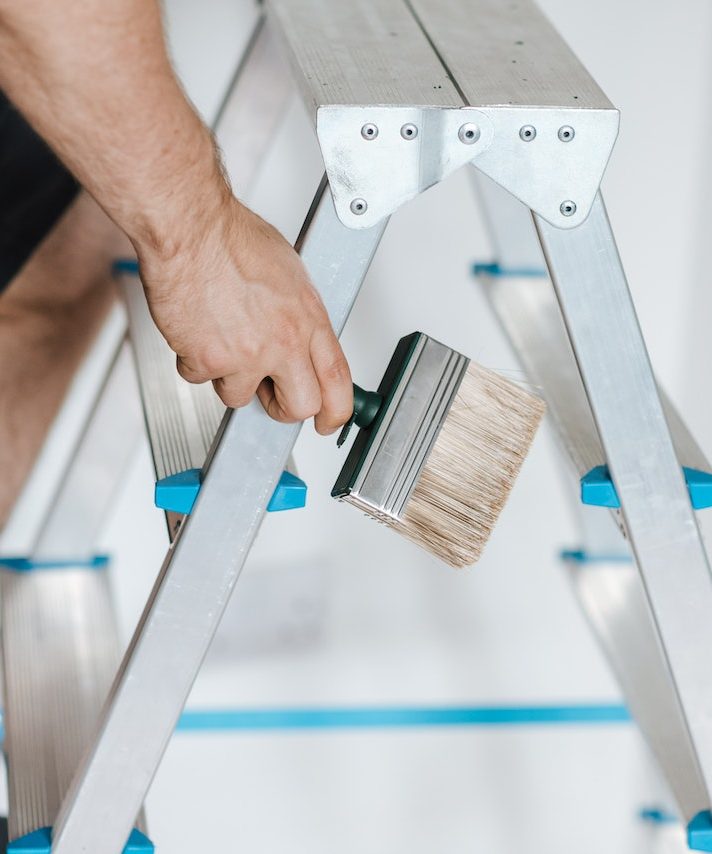
10. Repainting and Finishing
What’s involved:
Repainting walls, refinishing floors, and other finishing touches after repairs.
What Areas Do We Service
We service all areas on the Gold Coast, Brisbane and everything in between.
